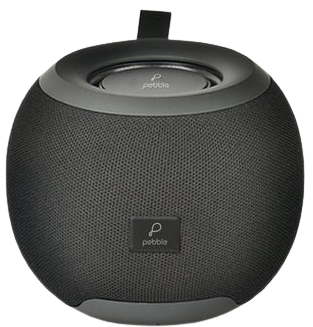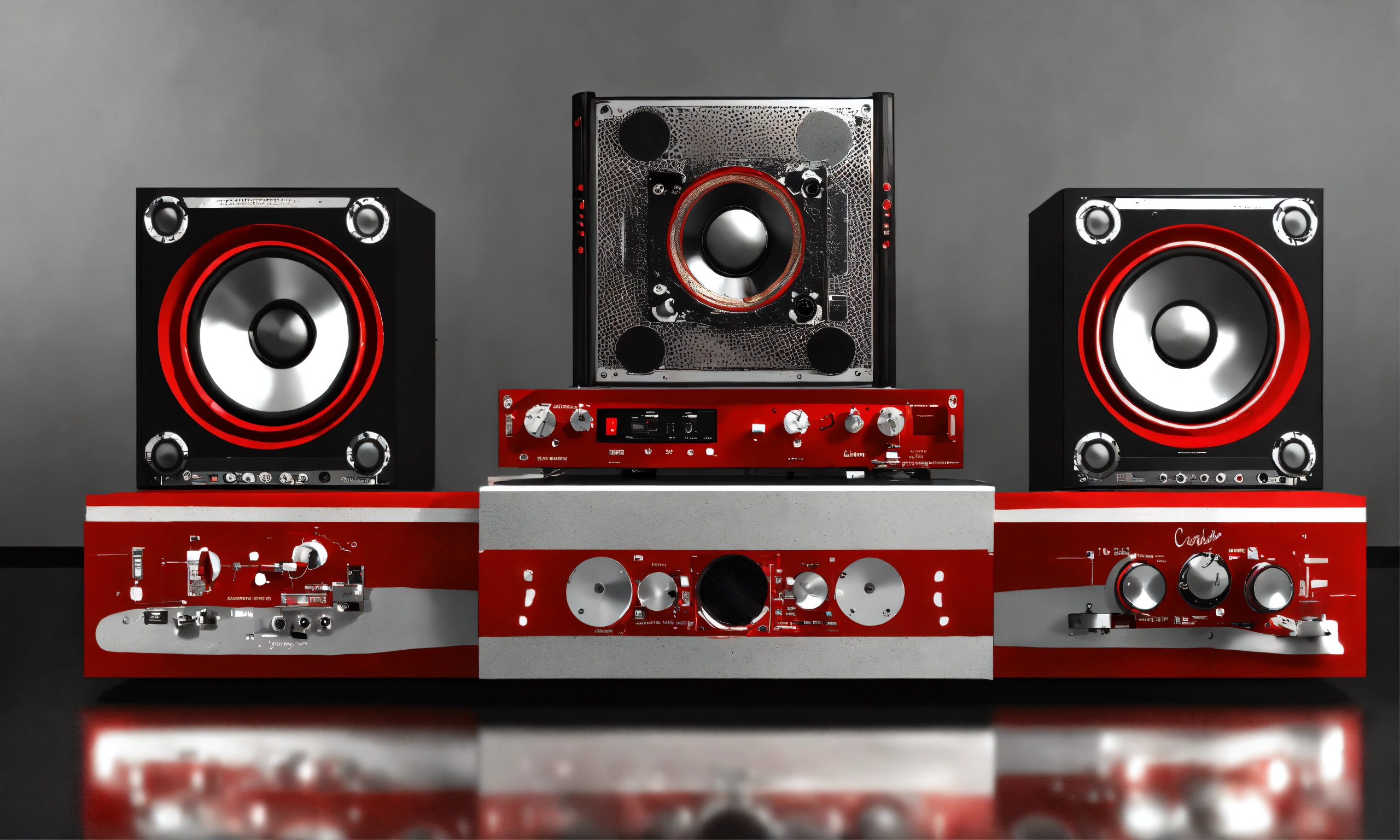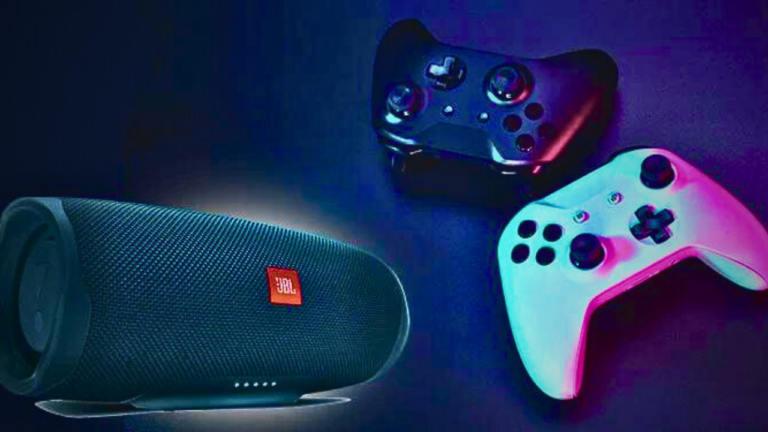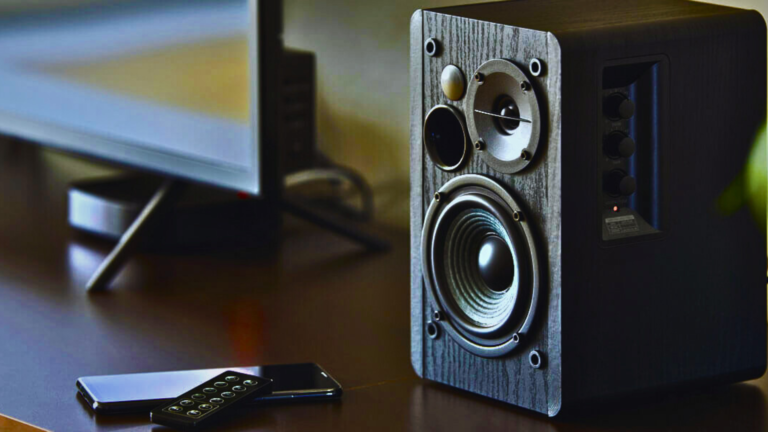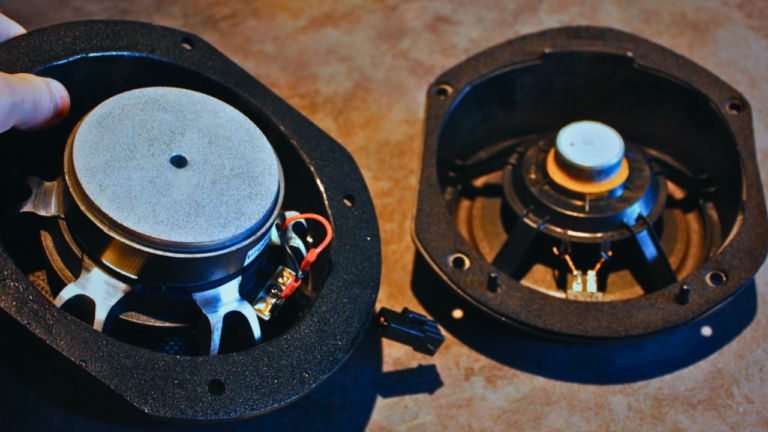Is 2 Ohm Better Than 4 Ohm In Speakers?
Is a 2-ohm speaker better than a 4-ohm one? Well, it’s not about one being inherently superior to the other. Let’s talk about the 4-ohm speaker first. It’s your classic, standard choice, tried and true. Now, the 2-ohm speaker, on the other hand, brings a bit more zest to the table. Picture this: it allows a smoother flow of power from your amplifier and head unit, or amplifier.
What does that mean for you? Well, it translates to crisper volume, richer quality, and that extra oomph you crave in your car stereo or audio setup. So, while both have their perks, if you’re after that kick in your sound system, the 2-ohm option might just be your ticket to audio bliss.
Introduction to Speaker Impedance
In getting started with speaker impedance, it’s crucial to grasp the concept, as it’s vital for audio systems. Speaker impedance simply means how much a speaker resists electrical current, usually measured in ohms. It can vary based on factors like speaker design and audio signal frequency.
Understanding this helps ensure compatibility between speakers and amplifiers, preventing inefficient power transfer and equipment damage from mismatched impedance. With real-time data reflecting the latest trends, navigating speaker impedance becomes easier for optimizing audio setups.
Understanding Speaker Impedance Ratings
Understanding speaker impedance ratings is essential when setting up audio systems. These ratings show how much resistance a speaker offers to the amplifier’s output, usually measured in ohms. Common ratings are 4, 6, and 8 ohms. They are crucial for ensuring compatibility between speakers and amplifiers.
If the impedance is mismatched, it can lead to inefficient power transfer and potentially harm both the speakers and the amplifier. Real-time data helps users stay updated on industry standards and trends, aiding in selecting the right equipment for optimal performance. By maintaining sound fidelity and understanding speaker impedance ratings, users can confidently create audio setups that produce high-quality sound without risking damage to their equipment.
Advantages and Disadvantages of 2-Ohm Speakers
2-ohm speakers have become popular in car and home audio setups for their benefits and drawbacks. Let’s break them down:
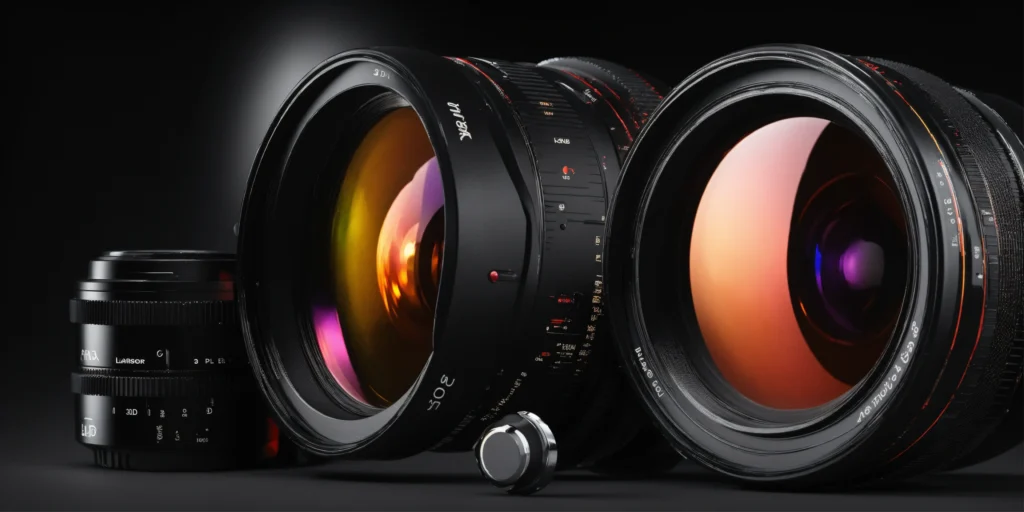
Advantages:
- Increased Power Efficiency: 2-ohm speakers can draw more power from the amplifier, leading to louder and clearer sound, ideal for space-constrained car audio systems.
- Compatibility with High-Powered Amplifiers: They work well with high-powered amplifiers, offering flexibility in design and the potential for higher volume levels without distortion.
- Enhanced Bass Response: These speakers often deliver deeper bass, enhancing the audio experience, especially in car audio where bass is crucial.
Disadvantages:
- Increased Heat Dissipation: More current drawn by lower impedance speakers can lead to overheating issues in speakers and amplifiers, potentially shortening their lifespan.
- Potential Compatibility Issues: Not all amplifiers may handle 2-ohm loads well, risking stability or damage. Compatibility checks are crucial before installation.
- Limited Selection: Compared to more common ratings like 4 or 8 ohms, the variety of 2-ohm speakers available might be limited, constraining system-building choices.
In summary, 2-ohm speakers offer benefits like power efficiency, compatibility with high-powered amplifiers, and enhanced bass. However, they also pose challenges such as increased heat dissipation, potential compatibility issues, and a narrower selection component speakers. Users should carefully weigh these factors when considering 2-ohm speakers for their audio systems.
Advantages and Disadvantages of 4-Ohm Speakers
4-ohm speakers are commonly used in audio systems, offering both benefits and drawbacks. Let’s take a closer look:
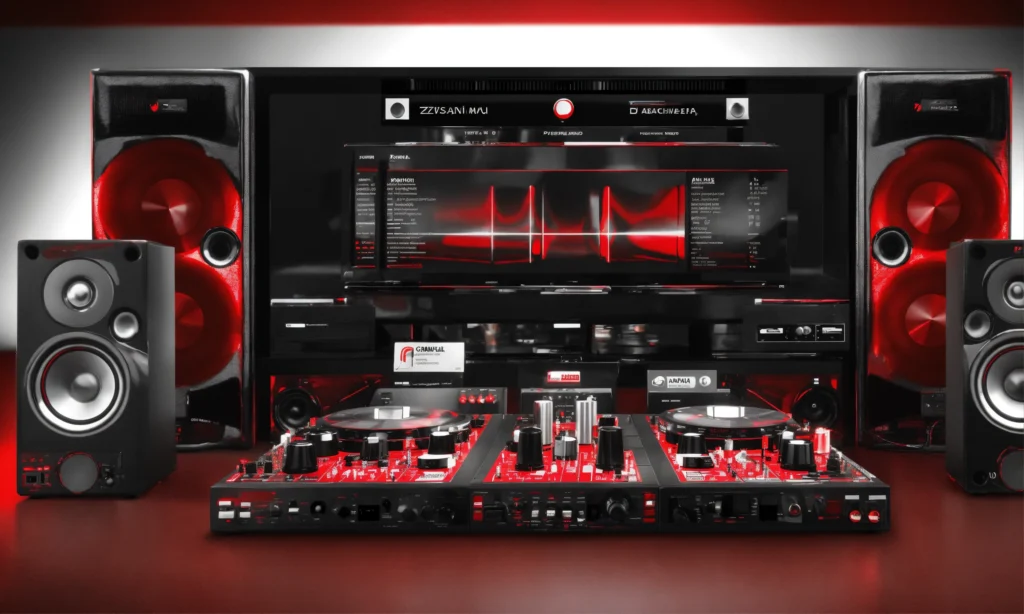
Advantages:
- Compatibility: 4-ohm speakers work well with a wide range of audio equipment, making them a versatile choice for consumers.
- Efficient Power Transfer: They can efficiently transfer power from the amplifier, resulting in robust and dynamic sound reproduction.
- Flexibility in System Design: With their popularity and compatibility, 4-ohm speakers offer flexibility in system design, allowing for customization based on individual preferences.
Disadvantages:
- Higher Current Draw: 4-ohm speakers demand more current from the amplifier, potentially putting stress on it and reducing longevity, especially with mismatched amplifiers.
- Limited Compatibility with Some Amplifiers: While many amplifiers work well with 4-ohm speakers, some may struggle, leading to reduced performance or equipment damage.
- Potential for Impedance Mismatch: Using 4-ohm speakers alongside speakers of different impedance ratings can result in uneven power distribution and compromised sound quality in multi-speaker setups.
In summary, 4-ohm speakers offer compatibility, efficient power transfer, and flexibility in system design. However, they also have drawbacks such as higher current draw, potential compatibility issues with some amplifiers, and the risk of impedance mismatch. Careful consideration of these factors is important when choosing 4-ohm speakers for an audio system.
Performance Comparison: 2 Ohm vs. 4 Ohm Speakers
When comparing 2 ohm and 4 ohm speakers, it’s crucial to understand their performance differences. Here’s just a quick fix simple breakdown:
Power Efficiency:
- 2 Ohm Speakers: Draw more power from the amplifier, offering potentially louder sound.
- 4 Ohm Speakers: Not as power-hungry as 2 Ohm speakers, they still provide good sound quality without overwhelming the amplifier.
Amplifier Compatibility:
- 2 Ohm Speakers: May have compatibility issues with some amplifiers, particularly budget models.
- 4 Ohm Speakers: More universally compatible, they work well with most amplifiers without concern.
Bass Response:
- 2 Ohm Speakers: Often deliver deeper bass, great for car audio and home theater.
- 4 Ohm Speakers: Offer decent bass performance, suitable for various audio setups.
Heat Dissipation:
- 2 Ohm Speakers: Generate more heat due to the higher current draw, requiring better ventilation.
- 4 Ohm Speakers: Generate less heat, contributing to better system reliability.
In summary, 2 ohm speakers provide powerful sound but may face compatibility and heat issues. On the other hand, 4 ohm speakers offer good performance with high power handling broader compatibility and lower heat generation. Choose based on your specific needs and system requirements.
Practical Tips for Choosing Between 2 Ohm and 4 Ohm Speakers
Practical Tips for Choosing Between 2 Ohm and 4 Ohm Speakers:
- Check Amplifier Compatibility: Make sure your amplifier can handle the impedance of the speakers you’re considering.
- Evaluate Power Needs: Decide if you need higher power output for louder volumes or if a lower-powered system will suffice.
- Consider Room Size and Acoustics: Larger rooms or those with poor acoustics may benefit from 2 ohm speakers for better coverage and bass response.
- Assess Bass Requirements: If you prioritize bass quality, 2 ohm speakers typically offer deeper bass compared to 4 ohm speakers.
- Factor in Budget and Availability: Consider your budget and the availability of speakers in your desired impedance rating.
- Seek Advice if Unsure: Don’t hesitate to ask audio professionals or enthusiasts for recommendations based on your specific needs and preferences.
By following these simple tips, you can make an informed decision when choosing between 2 ohm and 4 ohm speakers for your audio system.
Can I mix 2 ohm and 4 ohm speakers in the same system?

Mixing 2 ohm and 4 ohm speakers in the same audio system is possible but needs careful planning. Here’s what you should know:
- Impedance Mismatch: Mixing speakers with different impedance ratings can cause uneven power distribution and affect sound quality.
- Amplifier Compatibility: Ensure your amplifier can handle both 2 ohm and 4 ohm loads without issues like distortion or damage.
- Wiring Configurations: Use series or parallel wiring to incorporate speakers with different impedance ratings. Calculate and wire carefully for compatibility and balanced performance.
- Power Distribution: Speakers with lower impedance draw more power from the amplifier than speakers with higher impedance, affecting volume levels and system performance.
- Sound Balance: Mixing speakers may result in varying sound characteristics. Adjust placement and tuning for balanced sound across the system.
- Seek Expert Advice: Consult audio professionals if unsure about compatibility or wiring configurations to avoid potential problems and optimize performance.
In summary, while mixing 2 ohm and 4 ohm speakers is possible, it requires careful consideration of factors like impedance mismatch, amplifier compatibility, wiring, power distribution, and sound balance for successful integration.
Conclusion
In conclusion, in the debate between 2 ohm and 4 ohm speakers, there’s no clear winner. It depends on what you need. 2 ohm speakers can be more or less power efficient and offer deeper bass, but they might have compatibility issues and generate more heat.
On the other hand, 4 ohm speakers are more compatible and can work well with lower-powered systems. So, choose based on what fits your setup and preferences best. Consider factors like amplifier compatibility, car speaker make, power needs, room size, and budget before deciding.
FAQs
Are 2 ohm speakers better than 4 ohm speakers?
It depends on your needs. 2 ohm speakers may offer sound fidelity and more power efficiency and bass, but 4 ohm speakers have broader compatibility. Choose based on your amplifier, room size, and desired sound quality.
Do 2 ohm speakers produce better bass?
They can. Lower-impedance speakers, like 2-ohm models, often deliver deeper bass compared to higher-impedance speakers. This can enhance the overall audio experience of car speakers, especially in car audio setups.
Are 4 ohm speakers more compatible with amplifiers?
Generally, yes. 4 ohm speakers have broader compatibility with a wider range of amplifiers compared to 2 ohm speakers. This makes them a safer choice for most audio systems.
Can 2 ohm speakers cause compatibility issues?
They might. Some amplifiers may struggle with driving 2 ohm loads, leading to potential compatibility issues. It’s essential to check your amplifier’s specifications before choosing 2 ohm speakers.
Which impedance rating should I choose?
It depends on your specific requirements. Consider factors like amplifier compatibility, power needs, and desired bass performance when deciding between 2 ohm and 4 ohm speakers for your audio system.

Hey there! I’m Henry Jack, the voice behind speakerrealm.com, your ultimate destination for everything speakers. Whether you’re a seasoned audio enthusiast or just starting to explore the world of sound, you’ve come to the right place.
At Speaker Realm, I dive deep into the realm of speakers, bringing you comprehensive reviews, insightful guides, and the latest trends in the industry. From floor-standing behemoths to compact bookshelf wonders, I cover it all.
I’m passionate about helping you find the perfect speakers to elevate your audio experience. Whether you’re setting up a home theater, upgrading your sound system, or just looking for some quality audio gear, I’ve got you covered.
But Speaker Realm isn’t just about technical specs and performance metrics—it’s also about the art and science of sound. I explore topics like acoustic design, speaker technology, and the impact of audio on our lives.
So whether you’re a casual listener or a hardcore audiophile, join me on this journey through the world of speakers. Let’s turn up the volume and explore the endless possibilities of sound together at speakerrealm.com!
